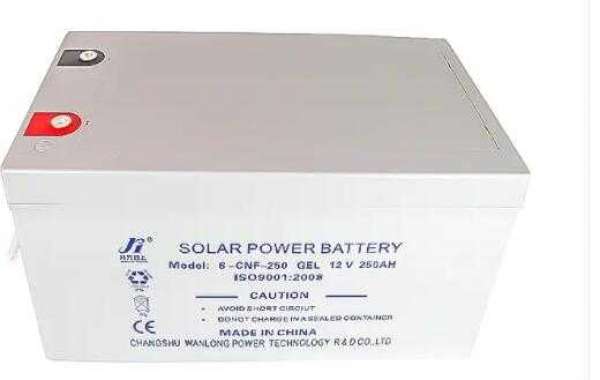The lead-carbon battery is an advanced VRLA lead-acid battery that uses a common lead positive plate (anode) and a carbon composite negative plate (cathode). Carbon acts as a kind of "supercapacitor", enabling faster charging and discharging, and a longer lifespan in a partial state of charge.
Much like normal sealed gel batteries, lead-carbon batteries are also sealed and typically use a gel electrolyte to improve safety and reduce maintenance costs.
With the advancement of the times, several high-quality battery manufacturers have designed very high performance, high cycle life tubular gel OPzV lead-acid batteries specifically designed for solar installations. These tubular gel VRLA single cell (2V) cells are connected in series to form a 24V or 48V deep cycle battery pack. These are often referred to as OPzV (Ortsfest PanZerplatte Verschlossen) batteries, which means "fixed tubular plate closed" batteries in German.
The batteries that people use now are battery packs. A deep cycle battery pack is a combination of multiple cells connected together in series or parallel. When the batteries are connected in series, the output voltage increases, while if they are connected in parallel, the total output current increases. By doing this, the battery pack voltage (or system voltage) can be matched to the inverter and other components. The most common system voltages used for domestic off-grid and hybrid power systems are 12V, 24V, and 48V. In general, the larger the system, the higher the voltage used. For example, a large off-grid system would use 24 high-capacity 2V cells in series with interconnecting cables to form a 48V battery pack. Smaller battery packs, often used in hybrid systems, typically consist of a small number of 6V or 12V cells to form a 24V battery pack.







